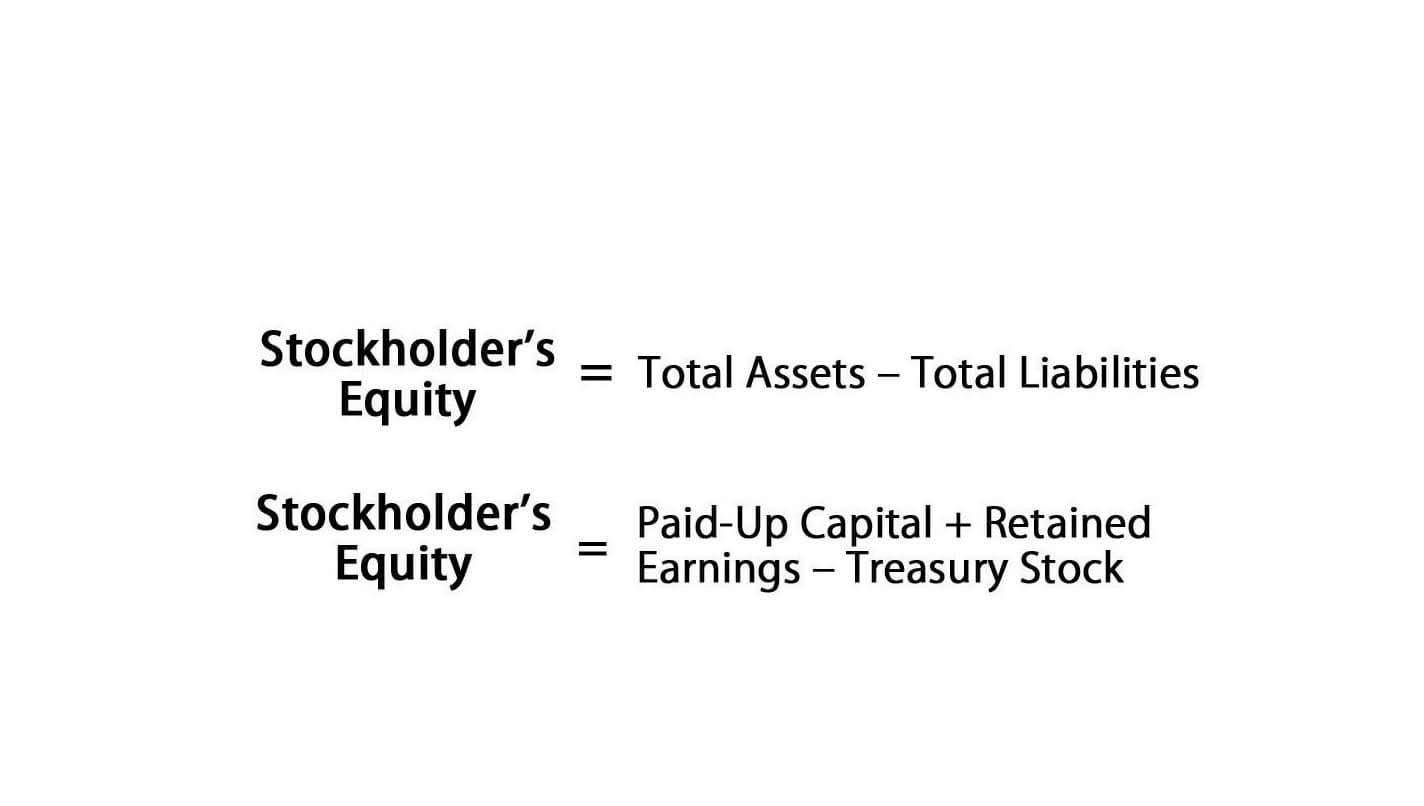
Most QuickBooks Online plans, for example, support up to 250 accounts. The average small business shouldn’t have to exceed this limit if its accounts are set up efficiently. For example, bank fees and rent expenses might be account names you use. Understanding how your chart of accounts works is a crucial skill for finance leaders and business owners alike to master. Smaller organizations, on the other hand, may decide to hold fewer account subtypes to keep their chart of accounts concise and easy to interpret.

Best Practices to Reduce DSO and Set Your Cash Flow Free
Now that we have the high-level information behind us, let’s roll up our sleeves a bit and zero in on building the ideal chart of accounts for your company. As we said before, an effective COA begins with two essential building blocks – balance sheet accounts and income statement accounts. For example, if you need to create a new account for ‚PayPal Fees‘, instead of creating a new chart of accounts examples line in your chart of accounts, you can create a sub-account under ‚bank fees‘. Similarly, if you pay rent for a building or piece of equipment, you might set up a ‚rent expense‘ account with sub-accounts for ‚building rent‘ and ‚equipment rent‘.
You’re our first priority.Every time.
Chart of accounts (COA) is simply a list of account names that a company uses in its general ledger for recording various business transactions. It provides guidance to book-keepers, accountants or other relevant persons in using specific account names while entering transactions in journal and later posting them to ledger. You’ll notice that each account in the chart of accounts for Doris Orthodontics also has a five-digit reference number preceding it. The first digit in the account number refers to which of the five major account categories an individual account belongs to—“1” for asset accounts, “2” for liability accounts, “3” for equity accounts, etc.
- Think of it as a filing cabinet for your business’s accounting system.
- Accounting software products generally set you up with a basic chart of accounts that you can work with your accountant or bookkeeper to amend, according to your industry and your business’s complexity.
- Small businesses with fewer than 250 accounts might have a different numbering system.
- Use that information to allocate resources to more profitable parts of your business and cuts costs in areas that are lagging.
- Thus, the sales department, engineering department, and accounting department all have the same set of expense accounts.
Do you already work with a financial advisor?
While the chart of accounts can be similar across businesses in similar industries, you should create a chart of accounts that is unique to your individual business. You should ask yourself, what do I want to track in my business and how do I want to organize this information? For example, we often suggest our clients break down their sales by revenue stream rather than just lumping all sales in a Revenue category.
- This will allow you to quickly determine your financial health so that you can make intelligent decisions moving forward.
- As organizations look to leverage technology breakthroughs and position themselves to be data-driven, many are embarking on digital transformation programs with a focus on increasing ERP enablement.
- For instance, if there’s a particular area you want to provide deeper insights on in your financials, you’ll want to include sufficiently detailed account categories in your chart of accounts.
- Let’s say that in the middle of the year Doris realizes her orthodontics business is spending a lot more money on plaster, because her new hire keeps getting the water to powder ratio wrong when mixing it.
- Book a demo today to see what running your business is like with Bench.
- And while your GL certainly plays a significant role, our advice is not to be so hyper-focused on the GL that you fail to integrate other dimensions and company attributes into your COA.
- Examples of expense accounts include the cost of goods sold (COGS), depreciation expense, utility expense, and wages expense.
Can a chart of accounts be customized to fit specific business needs?
This content is presented “as is,” and is not intended to provide tax, legal or financial advice. From there, you’ll choose the specific how is sales tax calculated account numbers you use for each account. If you’re managing bookkeeping yourself, there may be instances you come across where it’s not entirely obvious which account you should ascribe a given entry.


Ultimately, it helps you make sense of a large pool of data and understand your business’s financial history. Yes, it is a good idea to customize your chart of accounts to suit your unique business. If you’re using accounting software and want to set up a customized chart of accounts, you can add or edit parent https://www.bookstime.com/ and sub-accounts to the existing default chart of accounts.
- This would include Owner’s Equity or Shareholder’s Equity, depending on your business’s structure.
- It also helps your accounting team keep track of financial statements, monitor business financial performance, and see where the money comes from and goes, making it an important piece for financial reporting.
- If you don’t give your chart of accounts the early love it deserves, you may regret it.
- Whenever you log a new income or expense entry in your finance software, you’ll need to make that entry into a specific account.
- The chart of accounts is like a map of your business and its various financial parts.
- Small businesses may record hundreds or even thousands of transactions each year.
- Specifically, you want to use an identifier numbering system that provides plenty of real estate for you to add account categories down the road without having to reinvent the COA wheel.
- A few examples are sales of products, consultancy, parts, support, and interest received.
- You can enter the VAT rates when setting up nominal codes for financial transactions in the UK.
- For example, if you have unneeded categories in your COA, it’s usually not a good idea to eliminate them mid-period due to possible orphaned data in your financial statements.
- We’ll go into greater detail in a bit but, for the time being, just remember that you have a large degree of flexibility when it comes to building your COA and tailoring it to your specific needs.
There are a few things that you should keep in mind when you are building a chart of accounts for your business. That doesn’t mean recording every single detail about every single transaction. You don’t need a separate account for every product you sell, and you don’t need a separate account for each utility. For instance, if you rent, the money moves from your cash account to the rent expense account. Expense accounts allow you to keep track of money that you no longer have.


The software will have a pre-built accounting numbering chart, saving you time and effort. Additionally, you can adjust the chart to better suit your needs by adding specific accounts. There are two critical areas where your chart of accounts is vital for your business.1) Structure.
How a chart of accounts benefits your small business
A chart of accounts gives you great insight into your business’s revenue beyond just telling you how much money you earn. It shows peaks and valleys in your income, how much cash flow is at your disposal, and how long it should last you given your average monthly business expenses. In addition, the operating revenues and operating expenses accounts might be further organized by business function and/or by company divisions. The relationship between journal entries and the chart of accounts is akin to the relationship between a script and its cast of characters.
Kommentare von fouad